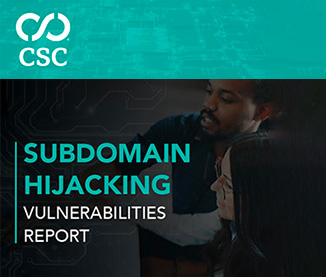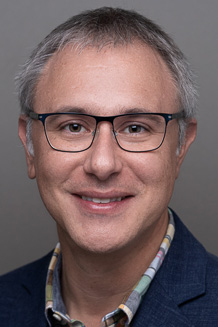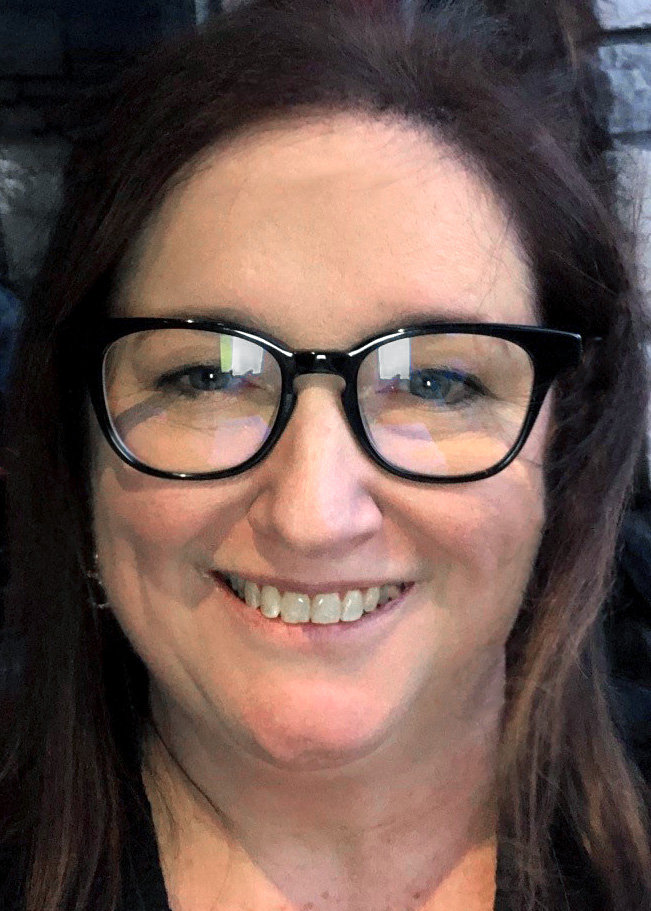

Brand Protection |
Sponsored by |

|





 The Canadian International Pharmacy Association (CIPA) recently achieved a major milestone: We celebrated our 20-year anniversary, serving millions of customers around the world who otherwise would not afford, access or trust ordering their daily maintenance medications where they live. Founded in 2002 by a group of Canadian pharmacists who recognized the potential of the Internet to provide safe and affordable access to medications...
The Canadian International Pharmacy Association (CIPA) recently achieved a major milestone: We celebrated our 20-year anniversary, serving millions of customers around the world who otherwise would not afford, access or trust ordering their daily maintenance medications where they live. Founded in 2002 by a group of Canadian pharmacists who recognized the potential of the Internet to provide safe and affordable access to medications...
 As the brand protection industry approaches a quarter of a century in age, following the founding of pioneers Envisional and MarkMonitor in 1999, I present an overview of some of the main outstanding issues which are frequently unaddressed or are generally only partially solved by brand protection service providers. I term these the 'Millennium Problems' in reference to the set of unsolved mathematical problems published in 2000 by the Clay Mathematics Institute, and for which significant prizes were offered for solutions.
As the brand protection industry approaches a quarter of a century in age, following the founding of pioneers Envisional and MarkMonitor in 1999, I present an overview of some of the main outstanding issues which are frequently unaddressed or are generally only partially solved by brand protection service providers. I term these the 'Millennium Problems' in reference to the set of unsolved mathematical problems published in 2000 by the Clay Mathematics Institute, and for which significant prizes were offered for solutions.
 Unsuspecting website visitors are often unaware when they have landed on a spoofed page or are re-directed to malware-hosting web servers designed to steal their sensitive data and information. This attack is known as subdomain hijacking, or subdomain takeover. A web user's private information is then traded on the dark web, and cybercriminals profit, further fueling the expansion of identity theft in the online world.
Unsuspecting website visitors are often unaware when they have landed on a spoofed page or are re-directed to malware-hosting web servers designed to steal their sensitive data and information. This attack is known as subdomain hijacking, or subdomain takeover. A web user's private information is then traded on the dark web, and cybercriminals profit, further fueling the expansion of identity theft in the online world.
 In today's digital age, securing your website and ensuring your users' safety has never been more critical. Secure sockets layer (SSL) certificates are the go-to solution for securing websites by encrypting the data transmitted between web servers and browsers. Historically, SSL digital certificates could be valid for years, after which they had to be renewed or replaced.
In today's digital age, securing your website and ensuring your users' safety has never been more critical. Secure sockets layer (SSL) certificates are the go-to solution for securing websites by encrypting the data transmitted between web servers and browsers. Historically, SSL digital certificates could be valid for years, after which they had to be renewed or replaced.
 Last month, the U.S. National Cybersecurity Strategy was launched, providing a new roadmap for stronger collaboration between those operating within the digital ecosystem. The strategy calls on software makers and American industry to take far greater responsibility to assure that their systems cannot be hacked while accelerating efforts by the Federal Bureau of Investigation and the Defense Department to disrupt the activities of hackers and ransomware groups around the world.
Last month, the U.S. National Cybersecurity Strategy was launched, providing a new roadmap for stronger collaboration between those operating within the digital ecosystem. The strategy calls on software makers and American industry to take far greater responsibility to assure that their systems cannot be hacked while accelerating efforts by the Federal Bureau of Investigation and the Defense Department to disrupt the activities of hackers and ransomware groups around the world.
 The wide availability of dangerous and addictive drugs is ravaging society. Such devastation is bringing ever-increasing attention from legislators, regulators and from families who have lost loved ones. The Canadian International Pharmacy Association (CIPA) believes that the online marketing and sales of such products should be banned immediately. We call on governments, technology platforms, and the ICANN community to act quickly and bring an end to opioid sales online.
The wide availability of dangerous and addictive drugs is ravaging society. Such devastation is bringing ever-increasing attention from legislators, regulators and from families who have lost loved ones. The Canadian International Pharmacy Association (CIPA) believes that the online marketing and sales of such products should be banned immediately. We call on governments, technology platforms, and the ICANN community to act quickly and bring an end to opioid sales online.
 While threat actors can use any domain across thousands of top-level domains (TLDs), they often have favorites. For instance, you may be familiar with Spamhaus's 10 most-abused TLDs for spamming. WhoisXML API researchers recently built on this list by analyzing 40,000 newly registered domains (NRDs) that sported some of the listed unreputable TLDs. We called this study "DNS Abuse Trends: Dissecting the Domains Under the Most-Abused TLDs."
While threat actors can use any domain across thousands of top-level domains (TLDs), they often have favorites. For instance, you may be familiar with Spamhaus's 10 most-abused TLDs for spamming. WhoisXML API researchers recently built on this list by analyzing 40,000 newly registered domains (NRDs) that sported some of the listed unreputable TLDs. We called this study "DNS Abuse Trends: Dissecting the Domains Under the Most-Abused TLDs."
 Brand impersonation happens much more often than people realize. In CSC's latest Domain Security Report, we found that 75% of domains for the Global 2000 that contained more than six characters from the brand names were not actually owned by the brands themselves. The intent of these fake domain registrations is to leverage the trust placed on the targeted brands to launch phishing attacks, other forms of digital brand abuse, or IP infringement...
Brand impersonation happens much more often than people realize. In CSC's latest Domain Security Report, we found that 75% of domains for the Global 2000 that contained more than six characters from the brand names were not actually owned by the brands themselves. The intent of these fake domain registrations is to leverage the trust placed on the targeted brands to launch phishing attacks, other forms of digital brand abuse, or IP infringement...
 Domain tasting is a long-established practice involving the short-lived existence of a domain, which is allowed to lapse a few days after its initial registration. The practice arose in response to an Internet Corporation for Assigned Names and Numbers (ICANN) policy allowing a domain to be cancelled -- with all fees refunded -- within a five-day grace period, intended to address the issue of accidental registrations1. However, the practice is open to abuse by infringers.
Domain tasting is a long-established practice involving the short-lived existence of a domain, which is allowed to lapse a few days after its initial registration. The practice arose in response to an Internet Corporation for Assigned Names and Numbers (ICANN) policy allowing a domain to be cancelled -- with all fees refunded -- within a five-day grace period, intended to address the issue of accidental registrations1. However, the practice is open to abuse by infringers.
 I'm asked at least twenty times a year how a small ISP can compete against the big cable companies. The question comes from several sources - a newly-formed ISP that is nervous about competing against a giant company, a rural ISP that is entering a larger market to compete, or investors thinking of funding a new ISP. These folks are rightfully nervous about competing against the big cable companies.
I'm asked at least twenty times a year how a small ISP can compete against the big cable companies. The question comes from several sources - a newly-formed ISP that is nervous about competing against a giant company, a rural ISP that is entering a larger market to compete, or investors thinking of funding a new ISP. These folks are rightfully nervous about competing against the big cable companies.